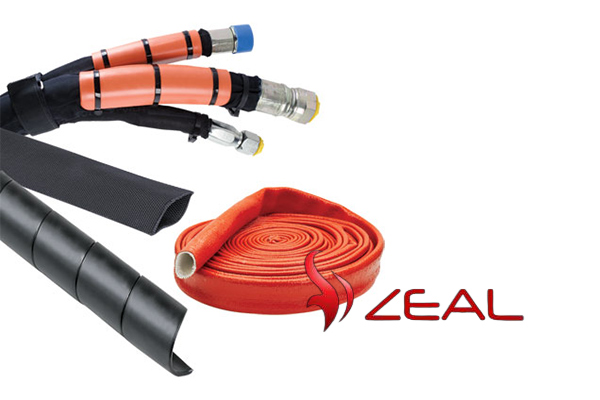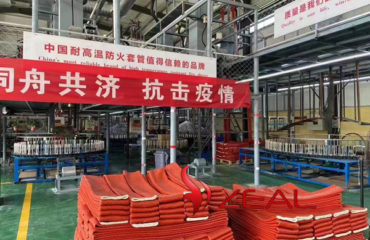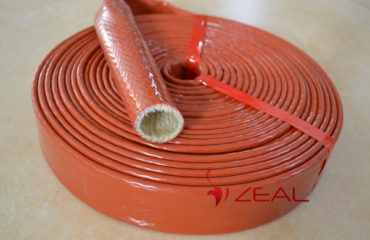During the operation of many types of equipment, it will have an impact on the surrounding environment due to the generation of a large amount of heat. This phenomenon is usually called “thermal radiation”. In addition, equipment that is directly exposed to heat radiation will face many unexpected accidents such as oil pipe bursts. To prevent this from happening, one solution is to add thermal resistance sleeves around the device. The thermal resistance sleeve is different from the traditional protective device. It not only has the function of heat insulation, but also can improve the safety performance of the equipment and effectively avoid the danger of “burn”.
The thermal resistance sleeve is a special tubular device. Through a special material and structure, it can protect key parts such as pipelines, hydraulic pipelines and transmission components from being affected by the waist width frame. These sleeves are usually made of steel wire, asbestos fiber, glass fiber, high temperature resistant polyimide, silica gel, fluoroplastic and other materials, which can withstand high temperature and have good corrosion resistance. When choosing a thermal resistance sleeve, the choice must first be made according to the working environment, usage requirements, and safety standards that the equipment needs. In addition, another thing that needs to be considered is the length, inner and outer diameters, wall thickness and other parameters of the sleeve, which are adapted to various shapes of equipment.
In short, thermal resistance sleeve is an important measure to protect equipment and ensure safety. It has good high temperature resistance, damping, noise reduction and other characteristics, provides the necessary protection for the high temperature environment in the operation of the equipment, and becomes an essential part of the modern industrial safety program.





